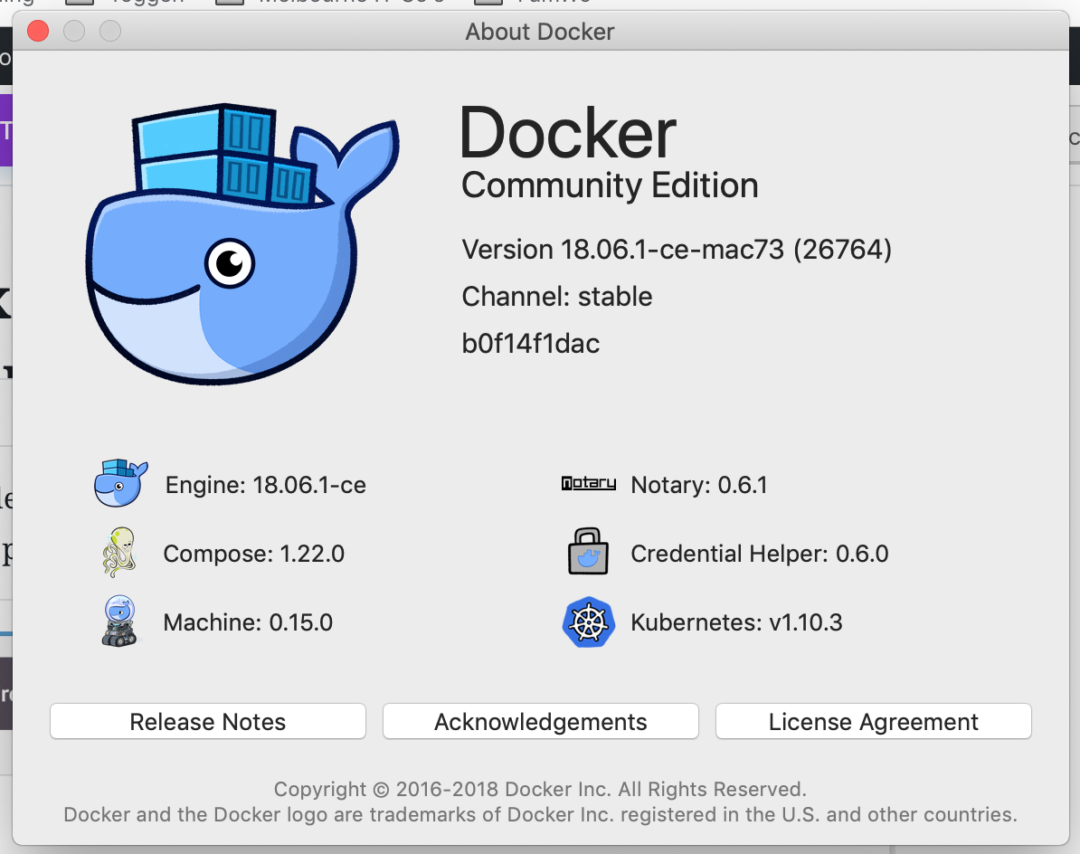

- #KITEMATIC VMWARE DRIVER#
- #KITEMATIC VMWARE CODE#
- #KITEMATIC VMWARE FREE#

#KITEMATIC VMWARE DRIVER#
GetCreateFlags,Found binary path at C:\Program Files\Docker Toolbox\docker-machine.exe,Launching plugin server for driver virtualbox,Plugin server listening at address 127.0.0.1:50873,() Calling. GetVersion,Using API Version 1,() Calling. Any ideas how can I fix this problem? Command failed: C:\Program Files\Docker Toolbox\docker-machine.exe -D create -d virtualbox -virtualbox-memory 2048 default,Docker Machine Version: 0.16.1, build cce350d7,Found binary path at C:\Program Files\Docker Toolbox\docker-machine.exe,Launching plugin server for driver virtualbox,Plugin server listening at address 127.0.0.1:50871,() Calling. It tells me that "This computer doesn't have VT-X/AMD-v enabled", even if the task manager is showing me that the virtualization is on.
Other Benefits: Kubernetes is backed by the Cloud Native Computing Foundation (CNCF), huge community among container orchestration tools, it is an open source and modular tool that works with any OS.When I'm trying to create a default machine through Kitematic, I'm always receiving the same error message. Scalability: All-in-one framework for distributed systems. Monitoring: It supports multiple versions of logging and monitoring when the services are deployed within the cluster (Elasticsearch/Kibana (ELK), Heapster/Grafana, Sysdig cloud integration). Functionality: Kubernetes as a complex installation and setup process, but it not as limited as Docker Swarm. Applications: An application can be deployed using a combination of pods, deployments, and services (or micro-services). Key features: Easy and flexible installation, Clear dashboard, Great scaling operations, Monitoring is an integral part, Great load balancing concepts, Monitors the condition and ensures compensation in the event of failure. The main reason we have chosen Kubernetes over Docker Swarm is related to the following artifacts: Redis as preferred in-memory database/store (great for caching). PostgreSQL as preferred database system. Amazon S3) for deploying in stage (production-like) and production environments SSLMate (using OpenSSL) for certificate management. nginx as web server (preferably used as facade server in production environment). Heroku for deploying in test environments.  Kubernetes as cluster management for docker containers. VirtualBox for operating system simulation tests. Docker Compose for multi-container application management)
Kubernetes as cluster management for docker containers. VirtualBox for operating system simulation tests. Docker Compose for multi-container application management) #KITEMATIC VMWARE CODE#
Prettier / TSLint / ESLint as code linter. CircleCI for continuous integration (automatize development process). Respectively Git as revision control system. GitHub Pages/ Markdown for Documentation, GettingStarted and HowTo's) for collaborative review and code management tool Our whole DevOps stack consists of the following tools: Kubernetes has a broader approval, being mentioned in 1017 company stacks & 1060 developers stacks compared to VMware vSphere, which is listed in 55 company stacks and 23 developer stacks. Slack, Shopify, and Starbucks are some of the popular companies that use Kubernetes, whereas VMware vSphere is used by MIT, Ansible, and Seat Pagine Gialle. Here's a link to Kubernetes's open source repository on GitHub. Kubernetes is an open source tool with 54.2K GitHub stars and 18.8K GitHub forks. "Leading docker container management solution" is the top reason why over 131 developers like Kubernetes, while over 6 developers mention "Strong host isolation" as the leading cause for choosing VMware vSphere. On the other hand, VMware vSphere provides the following key features: Highly modular, designed so that all of its components are easily swappable. Built for a multi-cloud world, public, private or hybrid. Some of the features offered by Kubernetes are: Kubernetes can be classified as a tool in the "Container Tools" category, while VMware vSphere is grouped under "Virtualization Platform". Run fewer servers and reduce capital and operating costs using VMware vSphere to build a cloud computing infrastructure. vSphere is the world’s leading server virtualization platform. #KITEMATIC VMWARE FREE#
On the other hand, VMware vSphere is detailed as " Free bare-metal hypervisor that virtualizes servers so you can consolidate your applications on less hardware". It handles scheduling onto nodes in a compute cluster and actively manages workloads to ensure that their state matches the users declared intentions.

Kubernetes is an open source orchestration system for Docker containers. Kubernetes vs VMware vSphere: What are the differences?ĭevelopers describe Kubernetes as " Manage a cluster of Linux containers as a single system to accelerate Dev and simplify Ops".








 0 kommentar(er)
0 kommentar(er)
